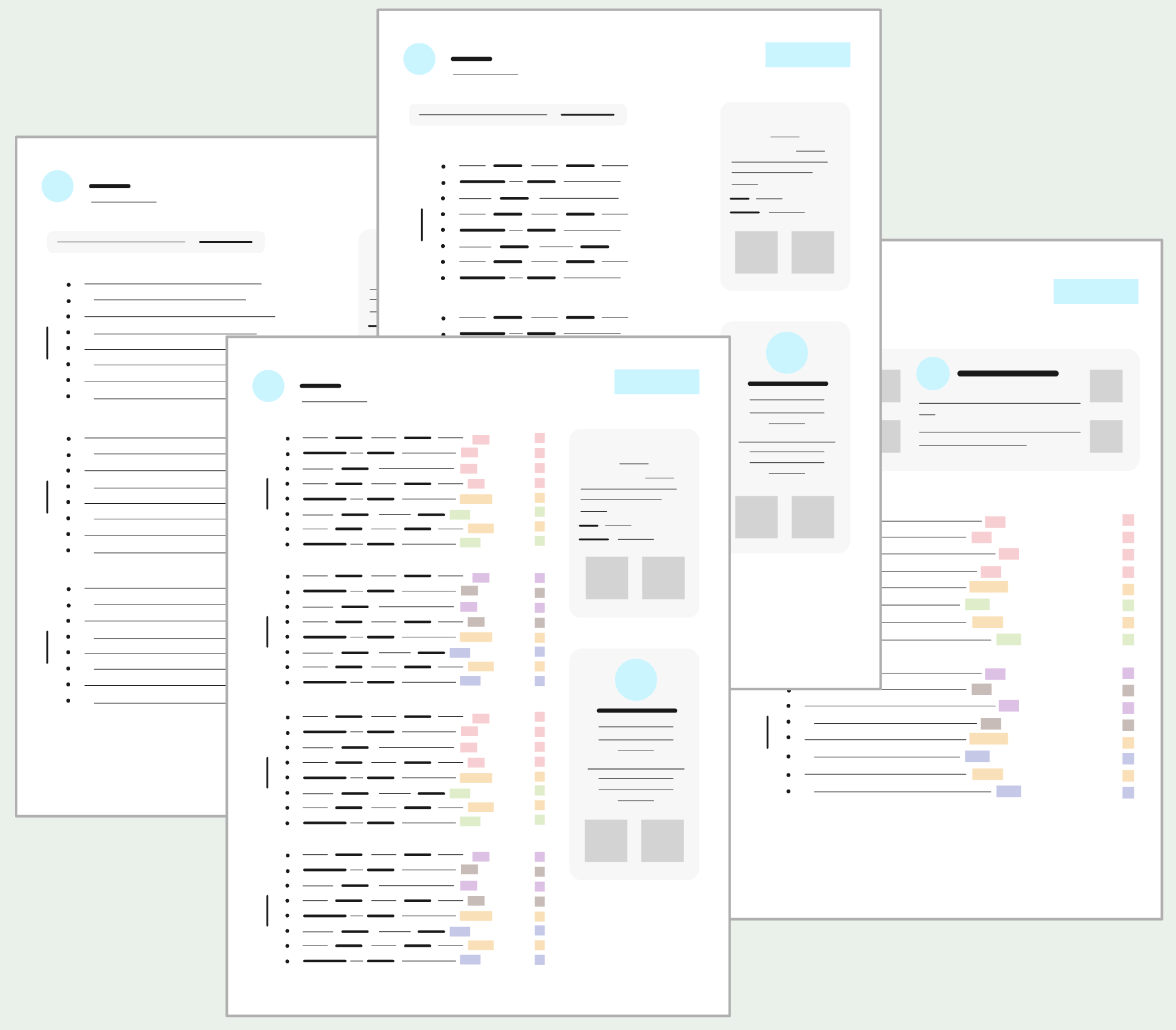When the title of a poem is nothing more than a punctuation point in quotation marks, “?”, it’s an easy source for curiosity concerning its contents. Ironically, the title of this poem tends to be the first thing the reader thinks when viewing it. Why Robert Service chose to do this — essentially neglecting to give his work a title — is a difficult question to answer. Certainly, there are a number of appropriate terms that could have been used to summarize this work, but Service instead chose the vague and whimsical “?” to title one of his more intriguing works of verse. The entirety of the poem is, as the meager title suggests, a question, one that demands an answer from each unique reader with their own unique perspectives on the matter.
"?" Robert ServiceIf you had the choice of two women to wed, (Though of course the idea is quite absurd) And the first from her heels to her dainty head Was charming in every sense of the word: And yet in the past (I grieve to state), She never had been exactly "straight".And the second -- she was beyond all cavil, A model of virtue, I must confess; And yet, alas! she was dull as the devil, And rather a dowd in the way of dress; Though what she was lacking in wit and beauty, She more than made up for in "sense of duty".Now, suppose you must wed, and make no blunder, And either would love you, and let you win her -- Which of the two would you choose, I wonder, The stolid saint or the sparkling sinner?

Summary
“?” presents a hypothetical choice between two potential wives—a charming but morally questionable woman and a virtuous but dull one. Service poses this dilemma as a thought experiment, exploring the tension between passion and propriety in romantic relationships.
The speaker systematically describes each woman’s contrasting qualities: the first possesses physical beauty and charm but carries an unsavory past that makes her not entirely “straight,” while the second embodies moral virtue and duty but lacks wit, beauty, and excitement. Through this deliberate juxtaposition, Service examines the complexity of human attraction and the difficulty of finding an ideal partner. The poem’s rhetorical question forces readers to confront their own values regarding love, virtue, and desire, suggesting that perfect partners may not exist and that all choices involve compromise.
“?” Analysis
Stanza One
If you had the choice of two women to wed,
(Though of course the idea is quite absurd)
And the first from her heels to her dainty head
Was charming in every sense of the word:
And yet in the past (I grieve to state),
She never had been exactly “straight”.
For this poem, Service utilizes a simple and straightforward verse structure; most lines are eleven syllables long, and this only deviates on occasion to alter the tone of a particular line. Each verse is six lines long, following an ABABCC rhyming pattern (save for the last verse, which omits the final two lines entirely. These simple conventions make the poem easy to follow and give it a consistent beat, and a light atmosphere as well.
The actual content of the poem poses a simple question to the reader — and, amusingly, the second line acknowledges the unrealistic nature of the question, as though Robert Service is saying “it is just a poem, after all.” The question asks the reader their opinion on the possibility of spending their life with one of two women. The first is described in this verse as being utterly and completely charming. Her head is “dainty,” and she is notably wearing high-heeled shoes. While the speaker describes everything about her as being seemingly perfect, they note, with a hint of regret in the last two lines, that in the past, she had not been “straight,” complete with quotation marks. The precise meaning of “straight” is unclear, but it seems likely that this indicates an unenviable past or an experience of “crooked” or an otherwise negative personality. From this verse, it seems that the speaker is cautioning that there is not everything to desire in a woman and cautions the reader accordingly.
Service’s use of parenthesis to add comments with a slightly different tone is a clever narrative choice that keeps the mood of the poem light. The second line, for instance, reads very differently from the first one because of the brackets, and because of word choice like “absurd” to describe the idea of the poem itself. Additions like this give “?” a unique voice that persists throughout the entire piece.
Stanza Two
And the second — she was beyond all cavil,
A model of virtue, I must confess;
And yet, alas! she was dull as the devil,
And rather a dowd in the way of dress;
Though what she was lacking in wit and beauty,
She more than made up for in “sense of duty”.
The second woman is introduced in the second verse and is described as being rather the opposite of the woman described in the first verse. “A model of virtue” who is “beyond all cavil” (which means that she was not one to make objections over trivial matters), this time the woman is described as being dutiful, sensible, and virtuous while having nearly no sense of style or personality (a “dowd” is a way to describe a person with a dull appearance). Still, her virtue and her “sense of duty” are unparalleled. “Sense of duty” is a little less vague than “straight” from the first verse, and suggests that this woman would fit the description of the dutiful wife who puts the needs of her family above her own.
Stanza Three
Now, suppose you must wed, and make no blunder,
And either would love you, and let you win her —
Which of the two would you choose, I wonder,
The stolid saint or the sparkling sinner?
In the last two verses, two women were described — one who was charming and attractive, and another who was virtuous and dutiful. The first woman is also described as being somewhat crooked and possibly mischievous, while the second is described as being boring and unattractive. This final verse simplifies these roles with simple language and effective alliterating — one is a “sparkling sinner” and the other is a “stolid saint.” The question begun in the first verse is finally posed to the reader. In this scenario, both women are attracted enough to the reader to marry and remain with for life, and all the reader has to do is choose between them.
In an ideal world, of course, a person’s perfect partner might be best described as having most of the qualities shared by the two women described here — a charming, attractive, virtuous, and dutiful woman might be considered perfect to most. The strength in this poem is more in what isn’t said over what is — the question posed offers the reader two extremes to choose from, a saint or a sinner, commenting on the positive and negative aspects of both of their characters and acknowledging that those negative characteristics exist. In a sense, the poem is saying that the reader may well be unhappy no matter what their choice is.
The opposite is also potentially true, which further obscures the point Service is trying to make. Perhaps it is simply that too much of a bad thing or a good thing has its problems, and that neither woman would be the perfect match for the average reader. Or maybe there is no especially cryptic meaning and Service wants nothing more than to make the reader think a little about what kind of person they are and what they’re looking to find out of life. For what it is, “?” manages to be a well-written and fairly thought-provoking piece about self-assessment and understanding the full breadth of possibility that exists between two very distinct walks of life.











